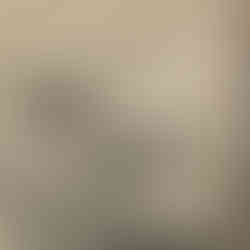Legend of Sesshū: Birth of a Master Painter.
These paintings are from Kyoto Museum’s Special Exhibition catalogue, ‘Legend of Sesshū: Birth of a Master Painter.’
This was one often my favourite ever exhibitions. What stood out most was the masterful use of empty space. The emptiness, in contrast with the details, was perhaps the most powerful element of the paintings. Yin and Yang. Something to learn from.
“Sesshū (1420-1506?) is widely acknowledged to be one of the most pivotal figures in the history of Japanese art. The fact that an unprecedented six of his paintings have been designated National Treasures underscores the profound admiration he commands in modern Japan. Yet, this recognition is not based solely upon the excellence of his artworks; it also stems from the ways in which Sesshū’s reputation evolved over time.
This exhibition traces perceptions of Sesshū during the early modern period (late sixteenth through late nineteenth century) to examine how the enduring reverence for this “saint of painting”
was shaped. During the Momoyama period (1573-1615), the Unkoku and Hasegawa schools proudly identified themselves as artistic successors of Sesshū.
In the Edo period (1615-1868), artists of the preeminent Kano school eagerly integrated Sesshū’s techniques into the very foundation of their own signature painting style. Sesshū’s artistic charisma inspired not only these major schools of Chinese-influenced ink painting (kanga), but also influenced a diverse range of painters working outside these traditions, who learned from Sesshū’s works in order to chart new frontiers in Japanese painting.”
.png)

















